Whether you’re a local or a traveler, one of the best ways to experience the natural beauty of the United Kingdom is to walk it. Famous walking trails stretch for miles across the island nation, leading walkers through remote mountain passes, coastal villages, and iconic historical sites from the earliest years of British civilization.
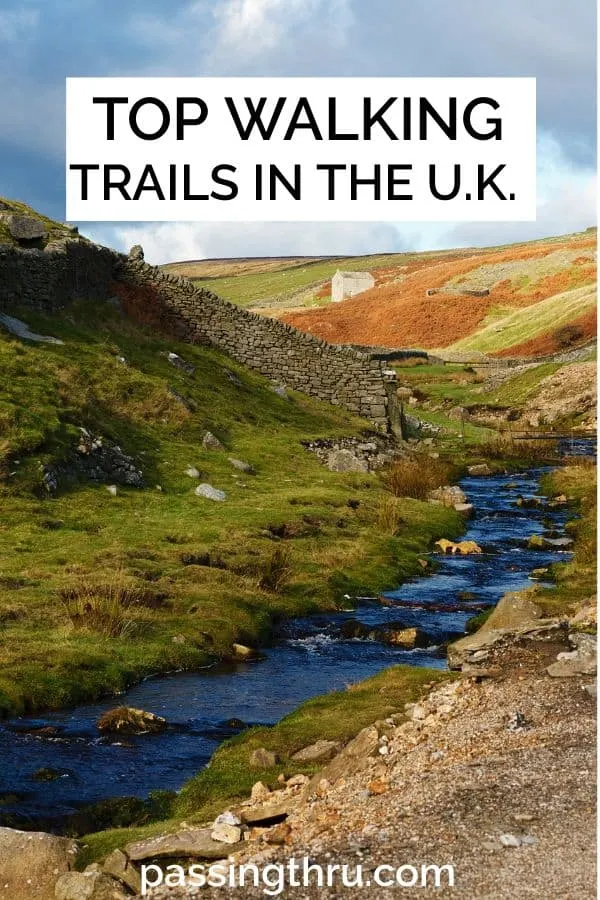
The variety is almost endless, so here are a few selections from the United Kingdom’s best walking trails:
The Hadrian’s Wall Path
The Hadrian’s Wall Path is an historical treasure that was almost lost to the world. In 122 A.D., the Roman Emperor Hadrian ordered a wall to mark the northern border of Britannia, in what is now known as Northern England. Since the fall of Rome, this 84-mile stretch of historical landmarks, known as Hadrian’s Wall, has largely been ignored and neglected.
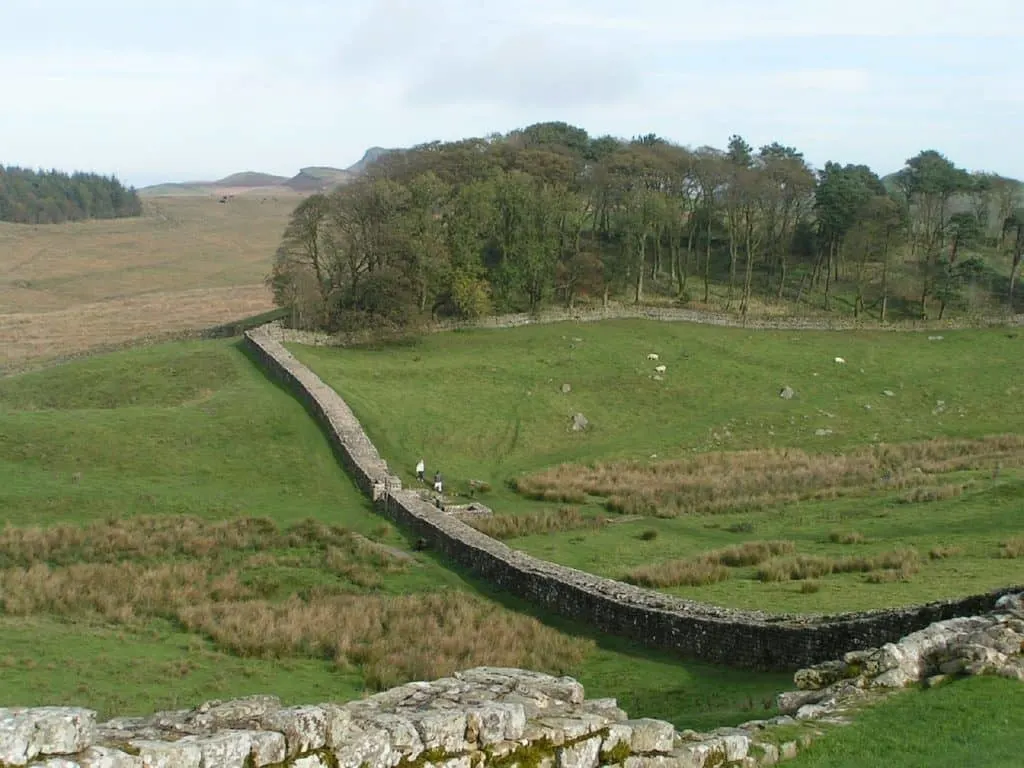
However, this all changed when Hadrian’s Wall became a UNESCO World Heritage Site in 1987. And ever since the Hadrian’s Wall Path opened in 2003, Hikers have traveled from around the world to explore the National Trail from beginning to end. Today, the path still offers a glimpse into ancient history, with numerous Roman forts and settlements having survived a millennium and a half of disrepair.
The Hadrian’s Wall Path measures 89 miles (143 kilometers), beginning on the east coast of Northern England and ending on the west coast. Hikers who want to see the entire path can expect to spend at least six days, and possibly as many as 10, traveling from one end to the other. While hikers can choose to start on the west end of the trail, most start on the east side, where construction of the wall began almost 2000 years ago, and travel west.
Despite the historical significance of Hadrian’s Wall, interested travelers don’t have to worry about losing the comforts of modern living. The Hadrian’s Wall Path hosts plenty of pubs, hostels, and urban areas within its 89 miles.
The Coast-to-Coast Walk
Starting in the Lake District and ending in the North York Moors, the Coast-to-Coast Walk leads hikers through a scenic tour of Northern England. It was designed by British fellwalker Alfred Wainwright in 1973, who wrote about it in his book, A Coast to Coast Walk.

The Irish Sea and the North Sea mark the beginning and the end of the Coast-to-Coast Walk. The journey begins in the coastal village of St. Bees, in Cumbria, England. From there, the path leads through three national parks: the Lake District, the Yorkshire Dales, and the North York Moors. Hikers can take in a unique variety of beautiful landscapes, from mountains and valleys to lake shores and sea cliffs.
Like the Hadrian’s Wall Path, the Coast-to-Coast Walk is internationally renowned, stretches from one side of the land to the other, and is sprinkled with towns and villages. This path is much longer, however, covering 182 miles (293 kilometers) and requiring at least two weeks for the ordinary hiker to successfully traverse.
The Lakes Inn Way
As described by Mark Reid in The Inn Way to the Lake District, the Lakes Inn Way is a popular path that leads hikers from Ambleside to the towns of Coniston and Grasmere, as well as the Lake District valleys of Borrowdale, Ennerdale, and Great Langdale, and finally, back to Ambleside. Hikers will also get to visit the highest mountain in England, Wasdale Head.
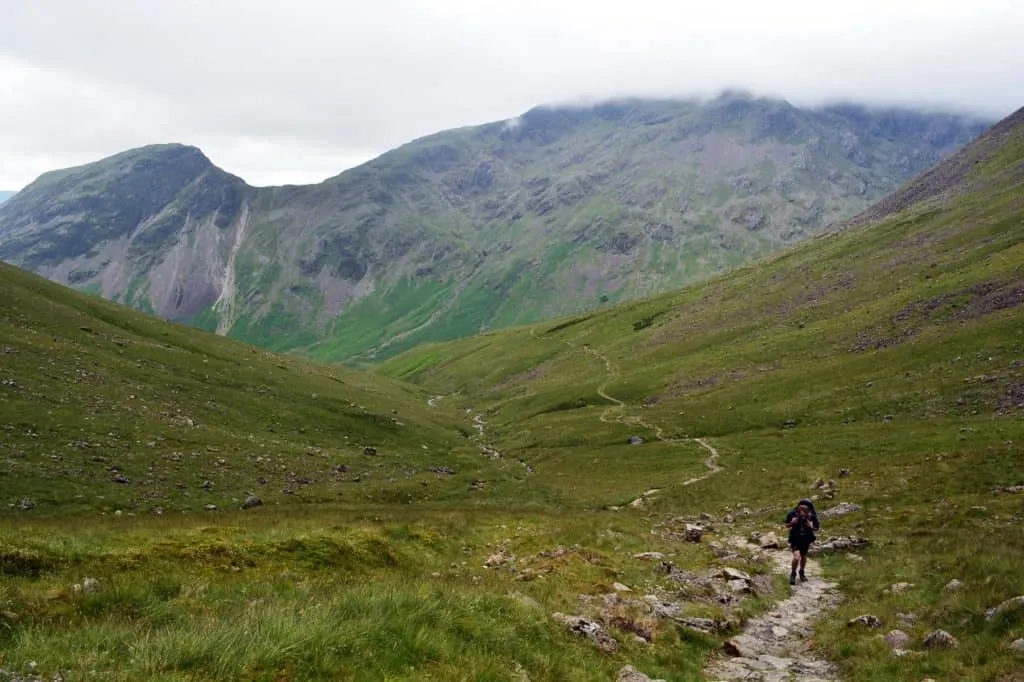
At first glance, this 90-mile (145 km) round-trip may not seem as daunting as the Coast-to-Coast walk. It’s only half the distance, and was specifically mapped around pubs and tourist towns. However, many parts of the path are wild and desolate, posing a challenge to less experienced hikers. It’s recommended that interested tourists bring a compass and good map-reading skills.
Pembrokeshire Coast Path
A part of the Pembrokeshire Coast National Park, The Pembrokeshire Coast Path offers some of the most stunning coastal scenery in all of Wales. This famous National Trail is longer and more challenging, but no less beautiful, than many other walking paths in the United Kingdom. It stretches for 186 miles (300 km) along the southern tip of the Irish Sea.
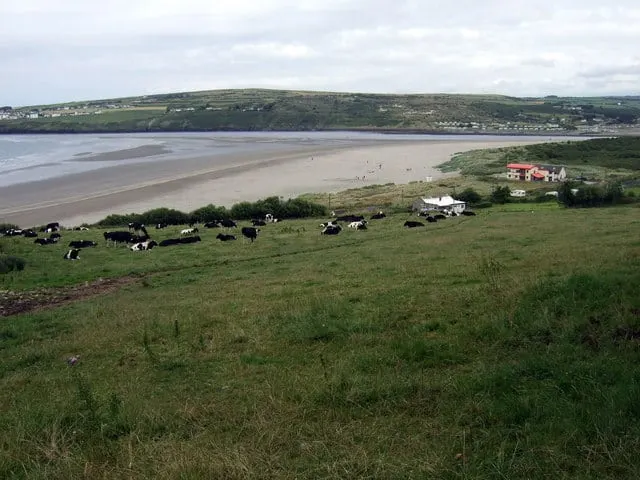
Walkers can expect to spend at least two weeks navigating the shifting landscapes and seascapes. While the most determined walkers may successfully reach the end on the first trip, it is more common to walk only part of the path at a time, and complete the path after multiple visits. The path can be physically strenuous as it twists and turns through a wide range of coastal environments, from cliffs and valleys to beaches and headlands.
West Highland Way
The earliest of Scotland’s long-distance trails, the West Highland Way stretches from the Lowlands to the Highlands. For 96 miles (154 km), walkers will follow Scottish history down ancient roads, those once used by drovers, soldiers, and public stagecoaches.
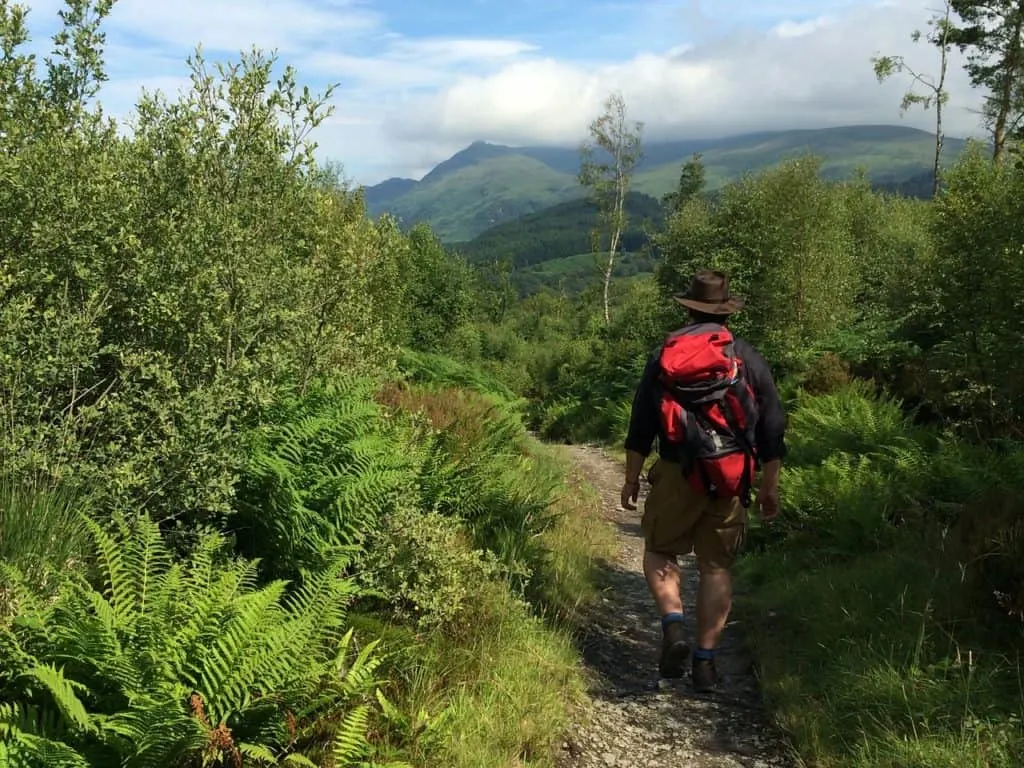
The West Highland Way starts in the town of Milngavie on the outskirts of Greater Glasgow, and ends at Fort William. There, walkers can catch a glimpse of Ben Nevis, the highest mountain in the British Isles. The entire path can be walked in as little as six days, with eight or nine being the typical duration for an ordinary walker. Shorter walking holidays are offered for those who only want to walk part of the West Highland Way.
In 2010, the West Highland Way became part of the International Appalachian Trail, part of a series of expansions that included the United Kingdom as well as continental Europe and parts of North Africa.
The Thames Path
This 184-mile (294 km) path follows the River Thames in southern England, the longest river in England and the second longest in the United Kingdom. It begins at Thames Head, traditionally held to be the source of the river, and leads walkers and cyclists all the way to the end of the river at Thames Barrier, where it widens into the North Sea.
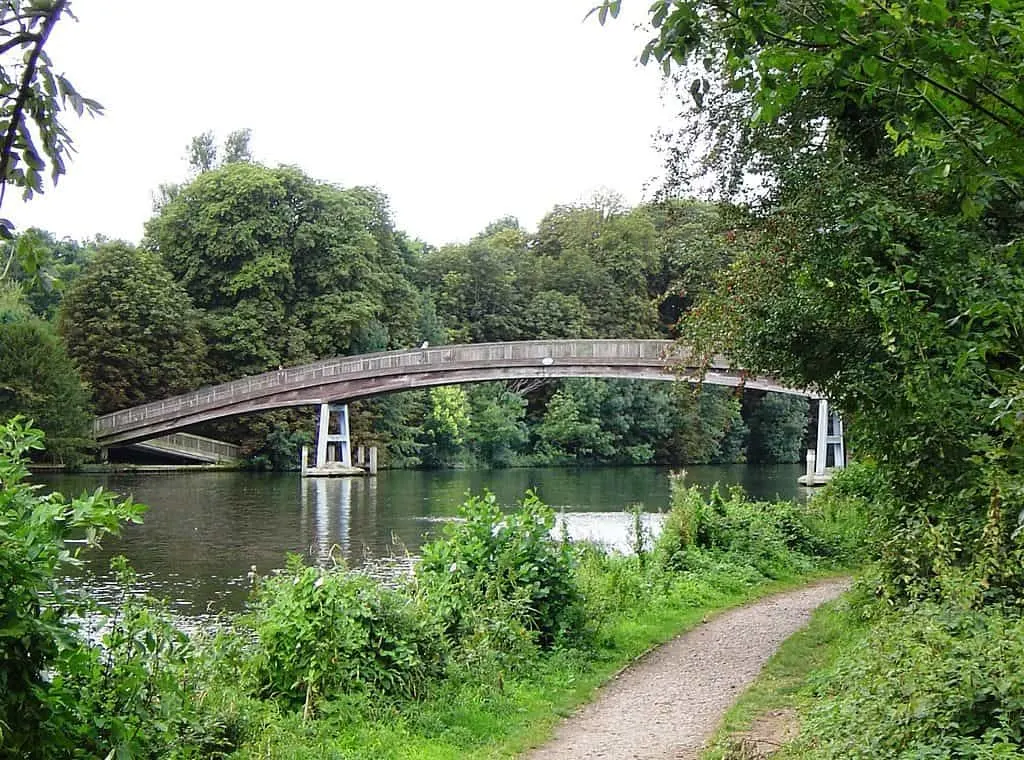
Walkers on the Thames Path start near the village of Kemble in Gloucester, the site of Thames Head. From there, the path leads east to Oxford, then to Windsor, and then finally to Richmond, 28 miles (45 km) from the river’s end. Along the way, interruptions in the path will lead walkers through a series of inland villages and hamlets, including Ewen, Ashton Keynes, Purley-on-Thames, and Shepperton, among many others.
Compared to many of the more desolate walking paths in the United Kingdom, the Thames Path is considerably more developed and accommodating to less experienced walkers. It can be completed in 10 days at a pace of 16 miles a day, but at a less strenuous pace, it may take two weeks or longer to walk the 184 miles to Thames Barrier.
Conclusion
These are just a few of the many walking paths that the United Kingdom has to offer. Whatever part of this beautiful nation you’ve chosen to walk, there’s a path that’s already been charted for you.
Tips for Trip Success
Book Your Flight
Find an inexpensive flight by using Kayak, a favorite of ours because it regularly returns less expensive flight options from a variety of airlines.
Book Your Hotel or Special Accommodation
We are big fans of Booking.com. We like their review system and photos. If we want to see more reviews and additional booking options, we go to Expedia.
You Need Travel Insurance!
Good travel insurance means having total peace of mind. Travel insurance protects you when your medical insurance often will not and better than what you get from your credit card. It will provide comprehensive coverage should you need medical treatment or return to the United States, compensation for trip interruption, baggage loss, and other situations.Find the Perfect Insurance Plan for Your Trip
PassingThru is a participant in the Amazon Services LLC Associates Program. As an Amazon Associate I earn from qualifying purchases.
To view PassingThru’s privacy policy, click here.
